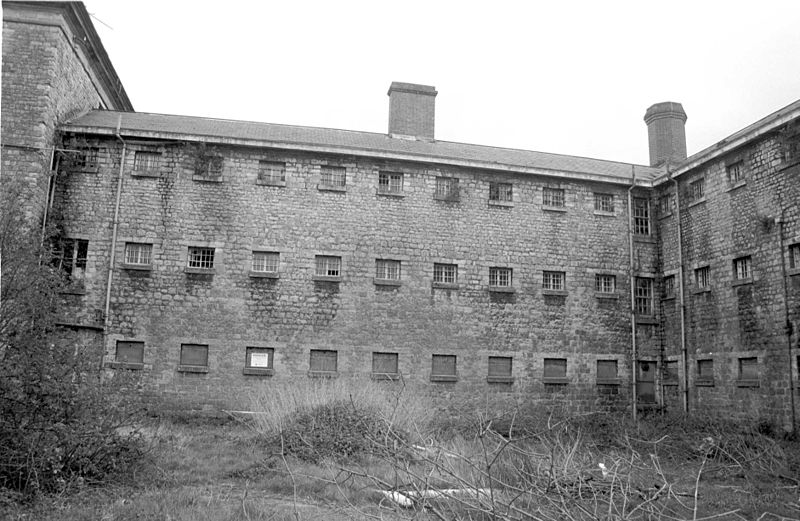The building was first known as Kent County Lunatic Asylum when it was formed in 1833, but the world remembers it as Oakwood Hospital. Today, the site is fully repurposed and rests with many stories to tell in the shadows of a number of giant oak trees.
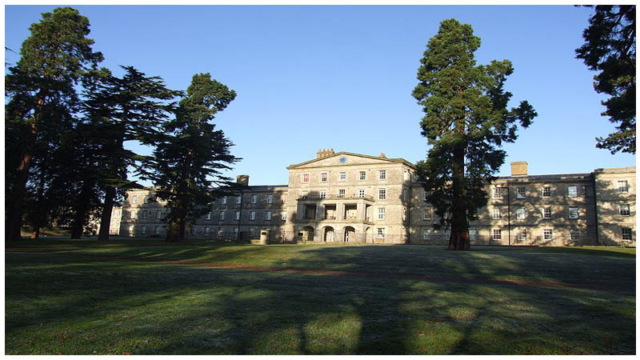
It was constructed over the course of four years in Barming Heath, Kent, England, and consisted of only one building, which was named St Andrew’s house.
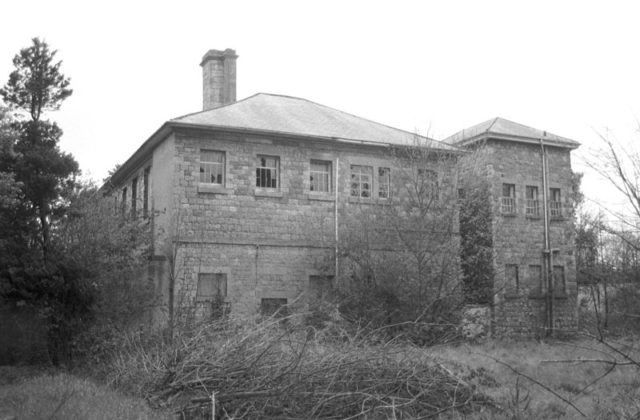
The site was an early example of the Corridor Plan layout, which was made popular by the British architect John Whichcord Snr. At the time, Kirkbride’s way of erecting asylums was the most popular method.
The asylum was intended to house and take care of patients from all over Kent. When it was officially opened in 1833, 168 patients were immediately admitted.
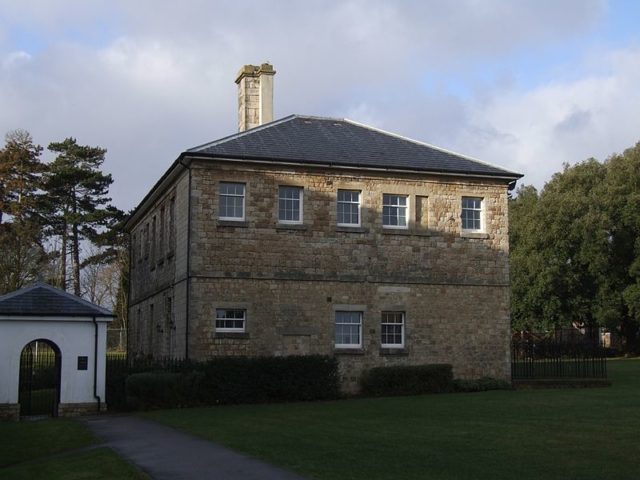
Over the years, more and more patients arrived and more space was needed. Numerous extensions were added to the original building, which altered the initial design and increased the capacity of the hospital.
In 1850, another, adjacent building was erected: a structure named “The Queen’s House.” The new building was also designed by Whichcord. Whichcord had extensive experience, and his creations included a number of churches, offices, and even a prison: HM Prison Maidstone.
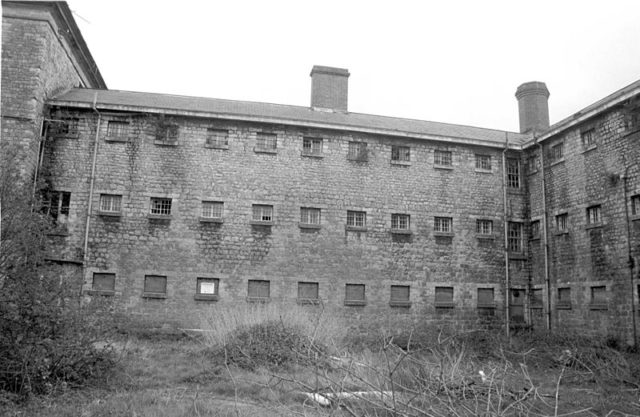
Even with the new extension, more room was desperately needed. In 1867, construction of a new block commenced. Dubbed as the “Hermitage Block,” the new build took five years to be completed and was put to use in 1872.
During this period, the asylum’s superintendent was Dr. James Huxley, the brother of the world-renowned biologist, “Darwin’s Bulldog” Thomas Henry Huxley. The two of them were close and there was a history of mental illness within the Huxley family. Thomas was a strong supporter of Darwin’s theories.
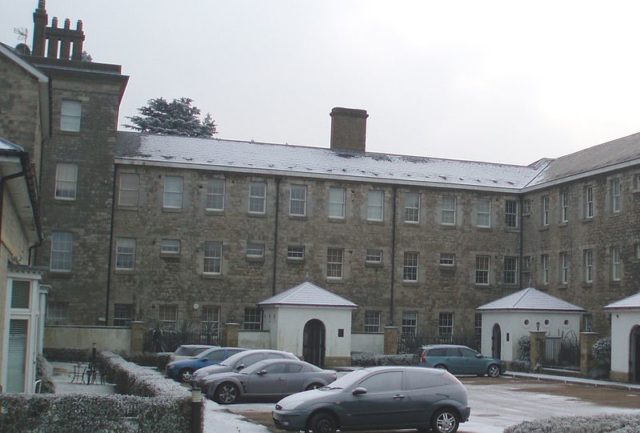
The asylum continued to thrive over the years and, in the words of Virginia Woolf, “then suddenly like a chasm in a smooth road, the war came.” The Second World War caused much chaos and suffering but Oakwood managed to survive the difficult period.
After the war, the population of the site continued to grow, reaching a total of 2,000 patients. On November 29, 1957, terror swept through the asylum when a fire broke out on the first floor, starting inside a tailor’s workshop.
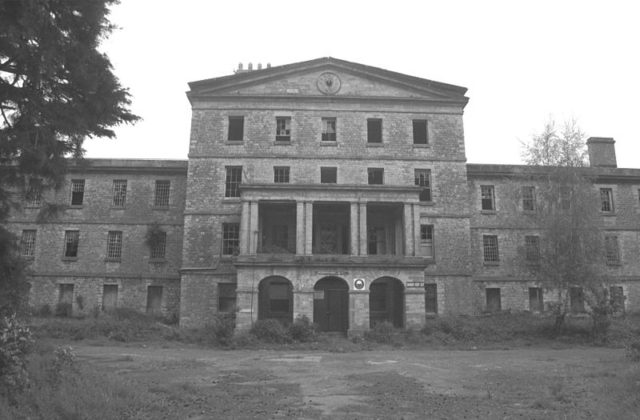
Immediately, the fire brigade was called and 350 patients were evacuated from the blazing wing. It took the firefighters just an hour and a half to put the fire under control.
But the battle was far from over. Severe damage had been caused to the 120-feet-high ventilation tower but it seemed in a stable condition. At around 10:00 am, the unthinkable happened. The tower came crashing down with great force, killing four firefighters, two employees, and one patient. Dozens of others suffered minor injuries.
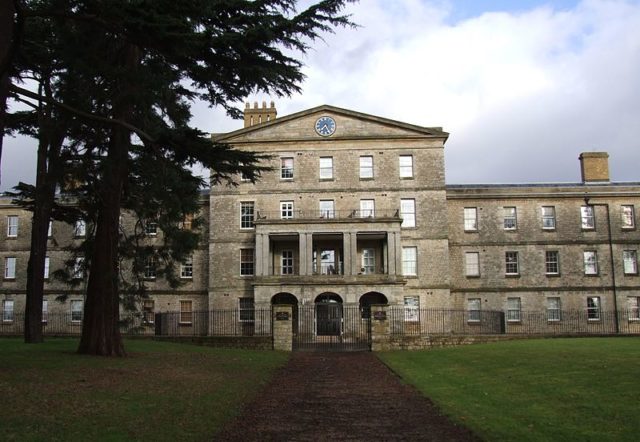
The asylum recovered from the accident and continued with its daily practices. The end of the 20th century brought changes in the treatment of patients and the process of deinstitutionalization greatly affected the site.
Beginning in 1970, Oakwood started a period of decline, before closing its doors to patients in 1994. Many patients were transferred to the new Maidstone Hospital.
Once abandoned, the building became a target of frequent arson attacks. Part of it was demolished, although some buildings became Grade II Listed.
At the start of the new millennium, the hospital was converted into a residential estate after extensive landscaping of the grounds. The site remains in use as such today, and bears the name St Andrew’s Park.
